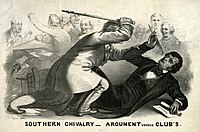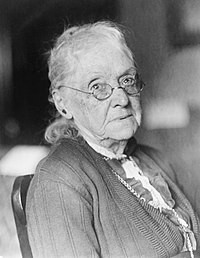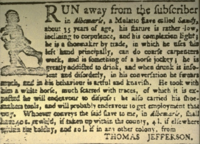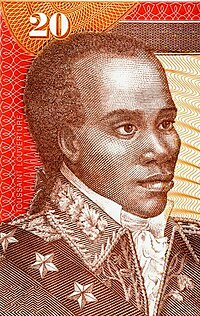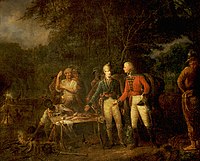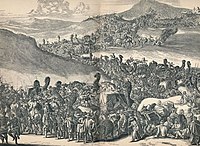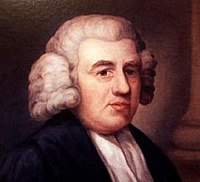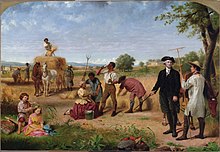The following is a list of notable people who owned other people as slaves, where there is a consensus of historical evidence of slave ownership, in alphabetical order by last name.
The following is a list of notable people who owned other people as slaves, where there is a consensus of historical evidence of slave ownership, in alphabetical order by last name.
| Part of a series on |
| Forced labour and slavery |
|---|
 |
